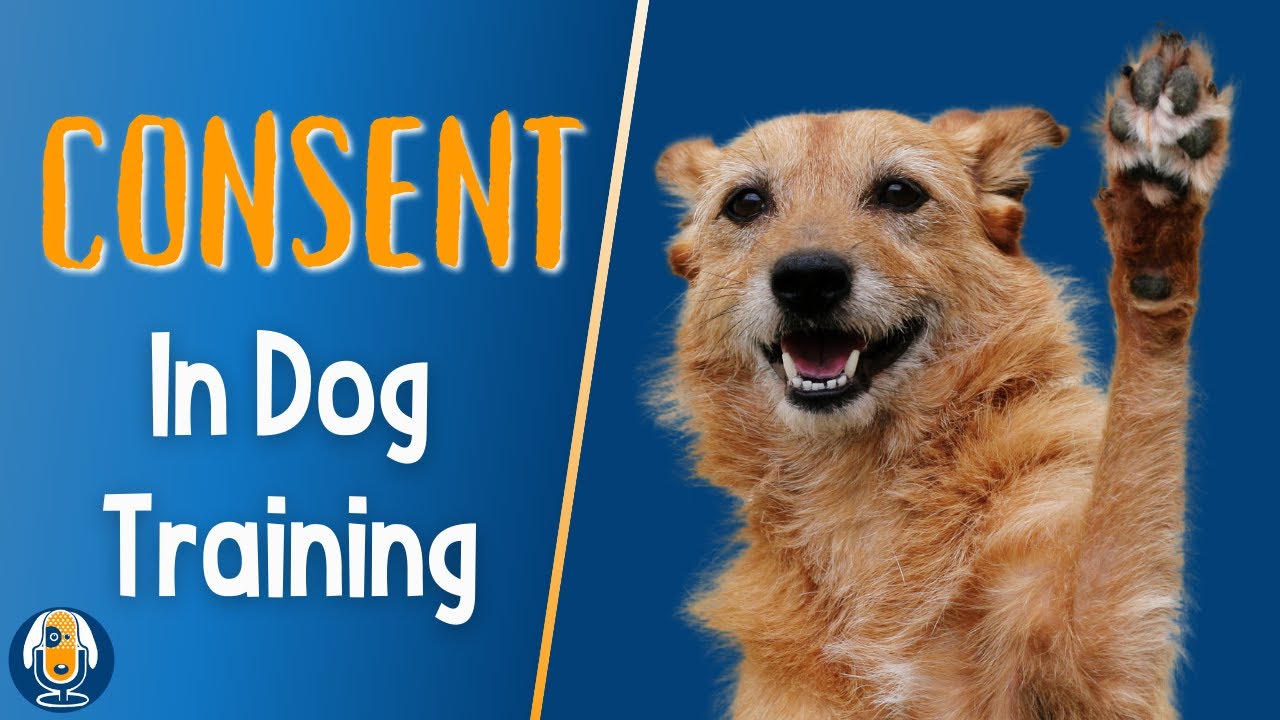Consent In Dog Training: The Misuse, Misunderstanding And Misapplication #106
In the insightful blog post “#106: Consent in Dog Training: The Misuse, Misunderstanding, and Misapplication,” the author delves into the complexities surrounding the application of consent in training practices for our canine companions.
Consent In Dog Training: The Misuse, Misunderstanding, and Misapplication
Introduction
In the age of rapidly evolving dog training methods, the concept of consent has emerged as a vital aspect of the trainer-dog relationship. Dogs That, a popular video creator in the realm of pet care and training, has recently released a thought-provoking video highlighting the significance of obtaining consent from our furry companions before diving into training sessions. This innovative approach has sparked discussions among dog owners and trainers alike, shaping the way we perceive and interact with our canine friends.
Misconceptions Surrounding Consent in Dog Training
The video sheds light on how misunderstanding, misuse, or misapplication of consent can lead to setbacks for both dogs and their owners. It emphasizes the importance of recognizing that consent in dog training goes beyond mere obedience—it involves seeking permission for activities and fostering agreements that promote trust and collaboration between the human and canine counterparts.
Categories of Consent in Dog Training
- General Training Consent: This category encompasses everyday training routines aimed at improving a dog’s behavior and responsiveness to commands.
- Health-Related Training Consent: In scenarios involving medical treatments or grooming procedures, obtaining consent from the dog ensures their physical and emotional well-being throughout the process.
Signs of Consent in Dogs
Dogs have various ways of expressing consent, whether through overt actions like lying on their side in a relaxed manner or exhibiting excitement and willingness to engage in training activities. Recognizing these signals is crucial in establishing a harmonious training environment based on mutual understanding and respect.
Understanding Different Forms of Consent
Consent in dog training can take on multiple forms, including expressed, implied, or even substituted consent depending on the specific situation. While expressed consent is straightforward and verbal, implied consent may be inferred through a dog’s body language and reactions. Substituted consent, on the other hand, involves offering alternative choices to respect the dog’s preferences.
The Pitfalls of Manufactured Consent
The video also delves into the concept of manufactured consent, cautioning against its use in dog training. This artificial form of consent, devoid of true understanding and willingness on the dog’s part, can lead to strained relationships and ineffective training outcomes. Genuine consent, rooted in mutual trust and communication, is key to fostering a positive training dynamic.
Responding to Canine “No”s
Dogs, like humans, have their boundaries and preferences, and may communicate a “no, thank you” in training scenarios. This refusal can stem from factors such as lack of perceived value in the training task, competing values, emotional discomfort, or underlying physical issues. Acknowledging and respecting a dog’s negative response is essential in preventing training setbacks and building a strong trainer-dog bond.
Ensuring Positive Training Experiences
To create a conducive training environment, it’s imperative to pay close attention to a dog’s emotions, comfort levels, and overall well-being throughout the training process. By prioritizing positive reinforcement, clear communication, and empathy, trainers can establish trust and rapport with their canine companions, setting the stage for successful training endeavors.
Turning a “No” into a “Yes”
When faced with a dog’s refusal, effective trainers delve into the reasons behind the rejection and adapt their methods accordingly. Understanding the root cause of the dog’s hesitation, whether it be fear, confusion, or discomfort, enables trainers to modify their approach, address the underlying issues, and gradually transform a negative response into a positive engagement.
Conclusion
In conclusion, Dogs That’s insightful video on consent in dog training serves as a pioneering take on reshaping traditional training paradigms and enhancing the bond between humans and dogs. By embracing the principles of consent, understanding its nuances, and respecting a dog’s autonomy and communication, trainers can forge meaningful connections and achieve remarkable progress in their training endeavors.
FAQs (Frequently Asked Questions)
- Can dogs really communicate consent in training settings?
- How can trainers differentiate between genuine consent and manufactured consent?
- What are some common signs that indicate a dog’s lack of consent during training?
- Is it possible to overcome training obstacles caused by a dog’s refusal?
- Why is understanding consent crucial in building a positive trainer-dog relationship?






